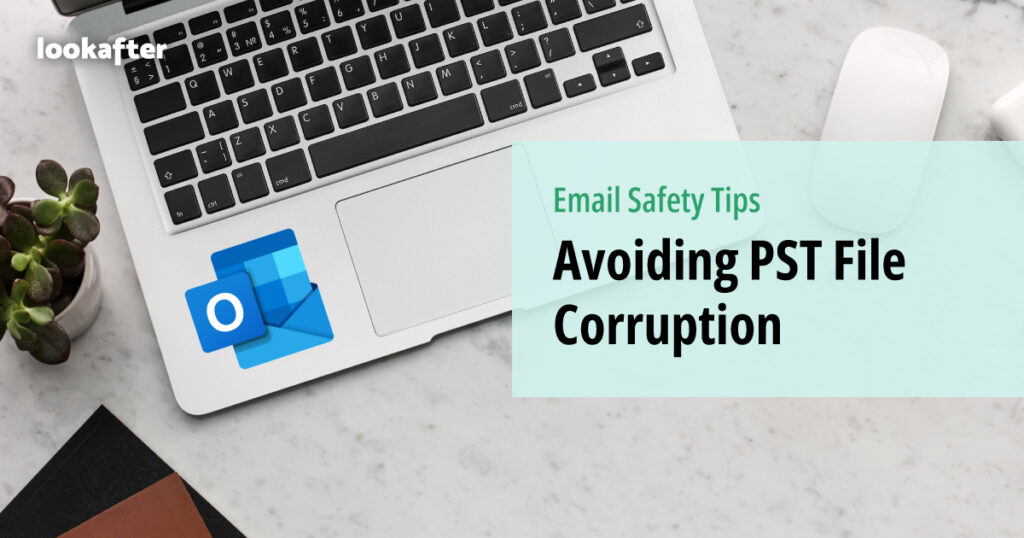Home > Empowering Tips > Email Safety Tips: A Guide to Avoiding PST File Corruption

Microsoft Outlook is undoubtedly one of the most popular and widely used email clients in the world. With its user-friendly interface and robust features, it has become the go-to choice for individuals, businesses, and organizations when it comes to managing their email communications. However, like any digital tool, Outlook is not immune to potential issues, and one of the most common and frustrating problems users may encounter is PST file corruption. Here are some essential email safety tips specifically tailored for Microsoft Outlook users to help avoid this dreaded scenario.
What is a PST file?
A Personal Storage Table (PST) file in Outlook serves as a repository for your email messages, calendar events, contacts, and other essential data. It’s essentially a digital container that stores all your Outlook-related information, making it crucial for the proper functioning of the application. PST files can become corrupt due to various reasons, leading to potential data loss, application crashes, and a significant disruption in your workflow.
- Don’t let your PST file become too large: A large PST file is more likely to become corrupted. The recommended size for a PST file is 10GB. If your PST file is larger than this, you should consider splitting it into smaller files.
- Backup your PST files regularly: The importance of regular backups cannot be overstated. By backing up your PST files at regular intervals, you create a safety net that can help you recover your data in the event of file corruption. Outlook provides an option to export your entire mailbox to a new PST file, ensuring that you have a recent copy of your data that can be easily restored.
- Close Outlook properly before shutting down your computer: Closing Outlook improperly, such as during a system crash or by force closing the application, can increase the risk of PST file corruption. Always close Outlook gracefully by using the “File” menu and selecting “Exit” to ensure that all data is properly saved.
- Avoid making large imports to your PST file in one go: Importing a large number of emails, contacts, or calendar entries into your PST file all at once can strain the file and increase the likelihood of corruption. If you need to import a large amount of data, consider doing it in smaller batches over time.
- Archive old emails to keep PST file small: Periodically, archive older emails and move them out of your main PST file. Outlook provides a built-in feature called “AutoArchive” that allows you to automatically move older emails to a separate archive PST file. Archiving helps keep your main PST file smaller and reduces the risk of corruption.
- Compact your PST file: Outlook has a feature that allows you to compact your PST file, which reduces the file’s physical size by eliminating any empty space or fragmenting. Regularly compacting your PST file can help maintain its health and prevent potential issues.
- Use a reliable antivirus software and keep it updated: Viruses and malware can cause PST files to become corrupted. Ensure you have a reputable antivirus program installed on your system and keep it up-to-date. Regularly scan your computer for any potential threats that could harm your Outlook data.
- Keep your software updated: Like any software, Outlook can have bugs or errors that may lead to PST file corruption. It’s essential to keep your Outlook installation updated with the latest patches and updates provided by Microsoft to address known issues.
By following these email safety tips, you can significantly reduce the risk of PST file corruption and enjoy a more secure and reliable email experience. Remember, proactive measures and regular maintenance are essential in safeguarding your valuable email data.